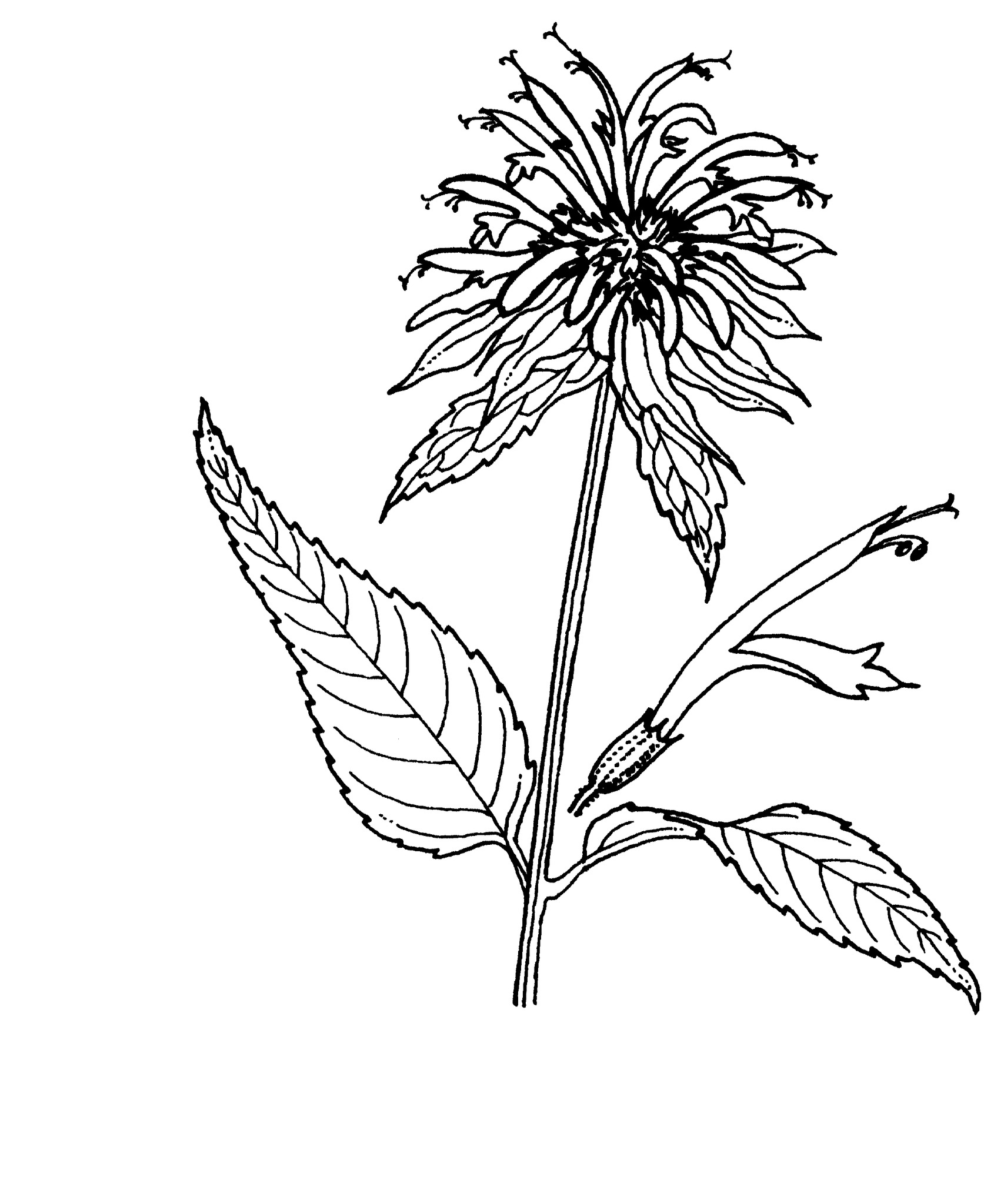
Commemorating Nicholas Monardes (1493–1588), Spanish botanist and physician.
Aromatic annual and perennial herbs. Leaves opposite, entire or toothed. Flower clusters in leafy whorls. Flowers with calyx tubular, 15-nerved, having 5 more or less equal teeth. Corolla tube longer than the calyx, 2-lipped, upper lip erect, often notched, lower lip 3-lobed, the middle lobe largest. Fertile stamens 2, usually protruding.
Perennial species are grown mostly in the border for their attractive flower heads. Annuals also have an appealing fragrance. M. citriodora is sometimes grown as an annual and the perennial M. bradburiana Beck is occasionally offered.
Annual species are propagated by seed, perennials by division.
Oil of Bergamot is extracted from the new leaves of M. didyma and the leaves are also used for potpourri.
Calyx of 5 more or less equal teeth; fertile stamens 2.
16 species from N America to Mexico.
Scora (1967).
Source: (2002). Lavandula. In: . Horticultural Flora of South-eastern Australia. Volume 4. Flowering plants. Dicotyledons. Part 3. The identification of garden and cultivated plants. University of New South Wales Press.

Cultivars of uncertain parentage
These may be selections or hybrids of M. didyma and M. fistulosa.
Other cultivars occasionally listed, but of uncertain origin, include M. 'Donnerwolke' [M. 'Thundercloud'], M. 'Enfield Gem' and M. 'Purple Crown'.
Flowers pale lilac-pink with purplish sepals.
Flowers scarlet with deeper red sepals.
A cultivar arising before 1913.
Flowers clear deep pink.
Originated about 1932.
Flowers red, tinted with purple.
Flowers deep violet. [‘Prairie Night’]
Originated 1955.
Flowers white. ['Snow White']
Originated 1956.